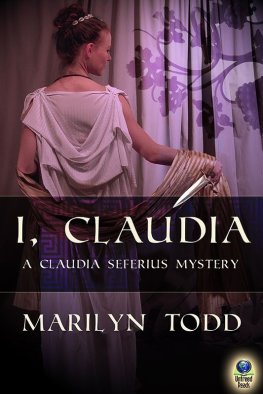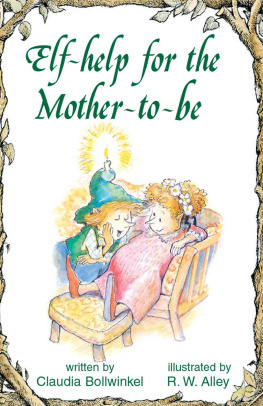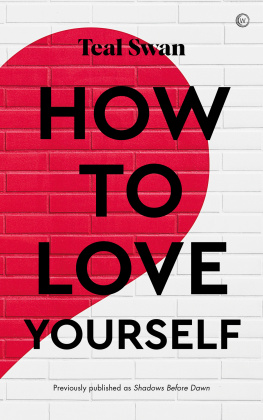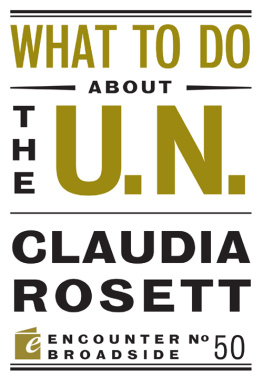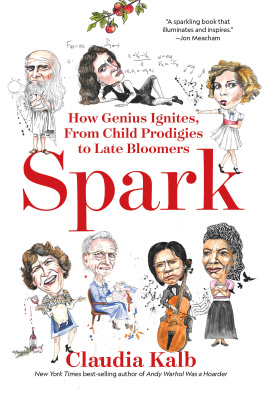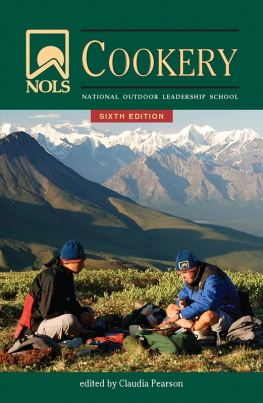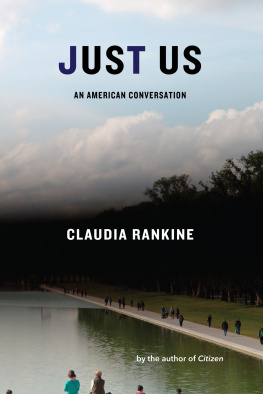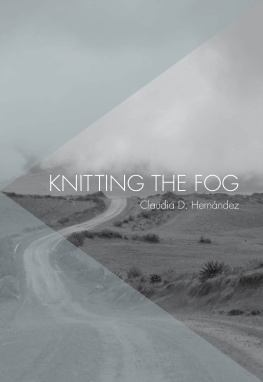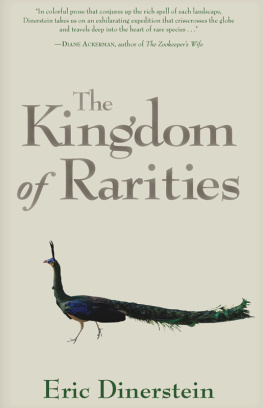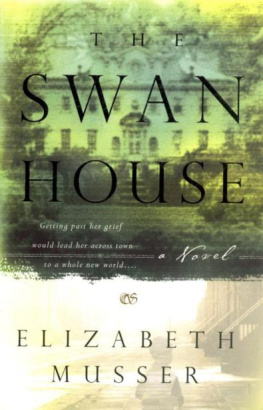Claudia Swan - Rarities of These Lands
Here you can read online Claudia Swan - Rarities of These Lands full text of the book (entire story) in english for free. Download pdf and epub, get meaning, cover and reviews about this ebook. year: 2021, publisher: Princeton University Press, genre: Home and family. Description of the work, (preface) as well as reviews are available. Best literature library LitArk.com created for fans of good reading and offers a wide selection of genres:
Romance novel
Science fiction
Adventure
Detective
Science
History
Home and family
Prose
Art
Politics
Computer
Non-fiction
Religion
Business
Children
Humor
Choose a favorite category and find really read worthwhile books. Enjoy immersion in the world of imagination, feel the emotions of the characters or learn something new for yourself, make an fascinating discovery.

- Book:Rarities of These Lands
- Author:
- Publisher:Princeton University Press
- Genre:
- Year:2021
- Rating:3 / 5
- Favourites:Add to favourites
- Your mark:
- 60
- 1
- 2
- 3
- 4
- 5
Rarities of These Lands: summary, description and annotation
We offer to read an annotation, description, summary or preface (depends on what the author of the book "Rarities of These Lands" wrote himself). If you haven't found the necessary information about the book — write in the comments, we will try to find it.
Rarities of These Lands — read online for free the complete book (whole text) full work
Below is the text of the book, divided by pages. System saving the place of the last page read, allows you to conveniently read the book "Rarities of These Lands" online for free, without having to search again every time where you left off. Put a bookmark, and you can go to the page where you finished reading at any time.
Font size:
Interval:
Bookmark:
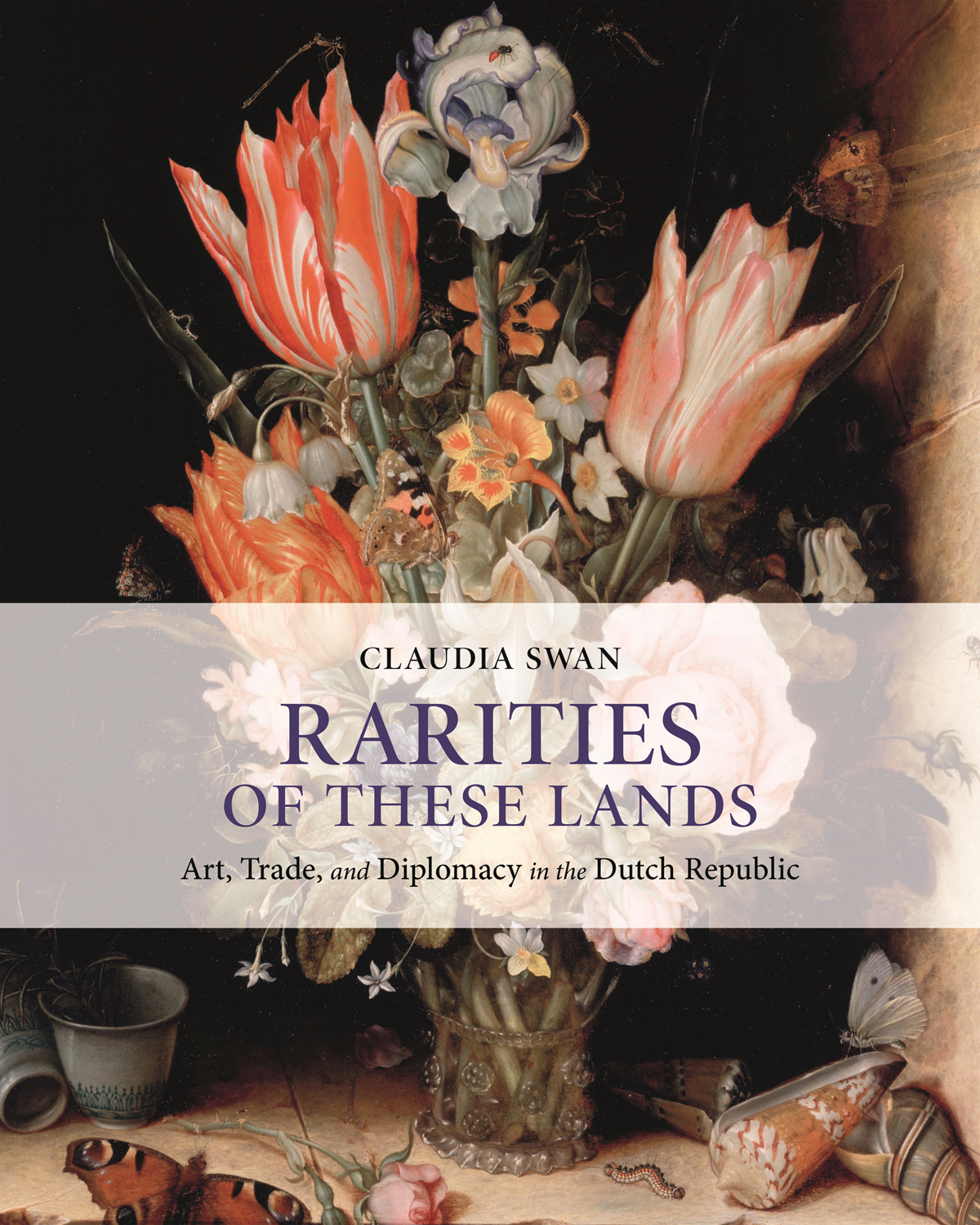
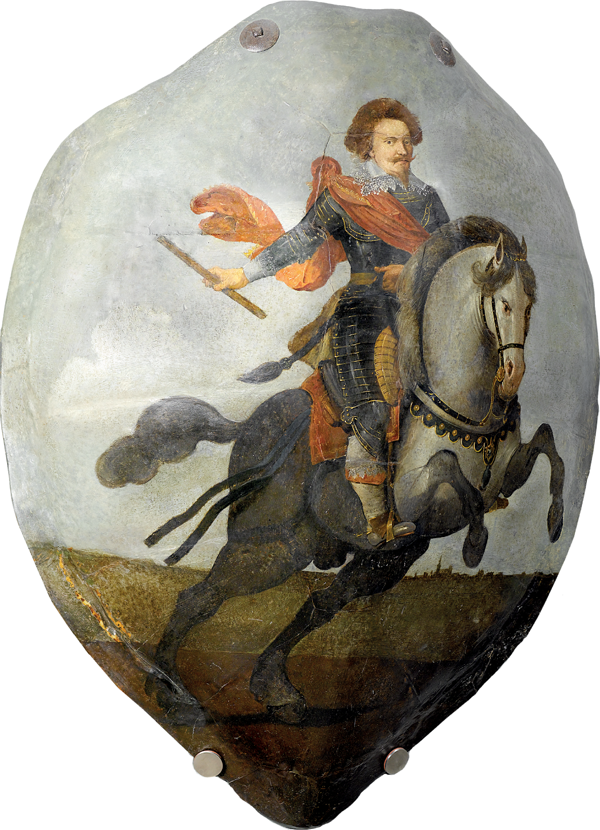
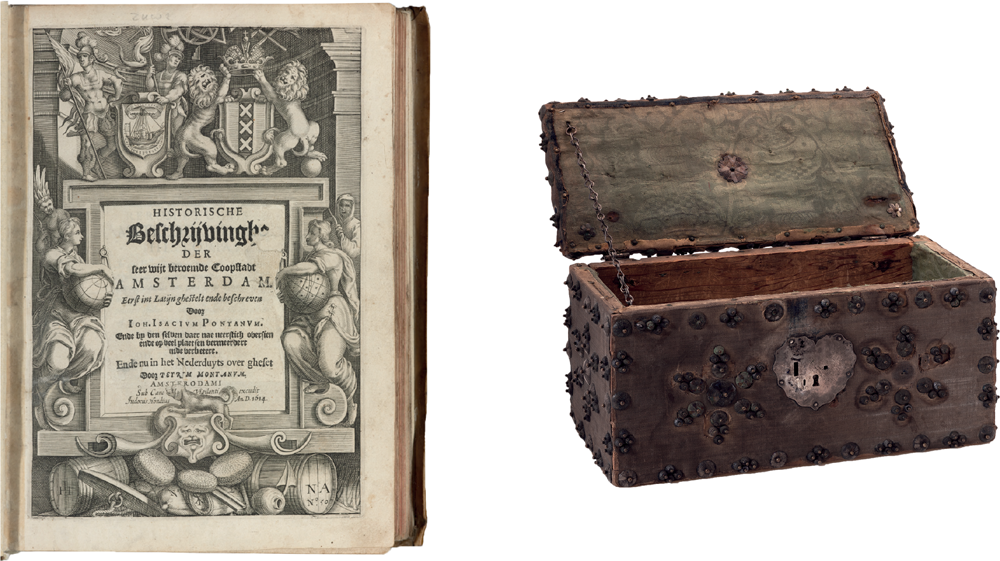
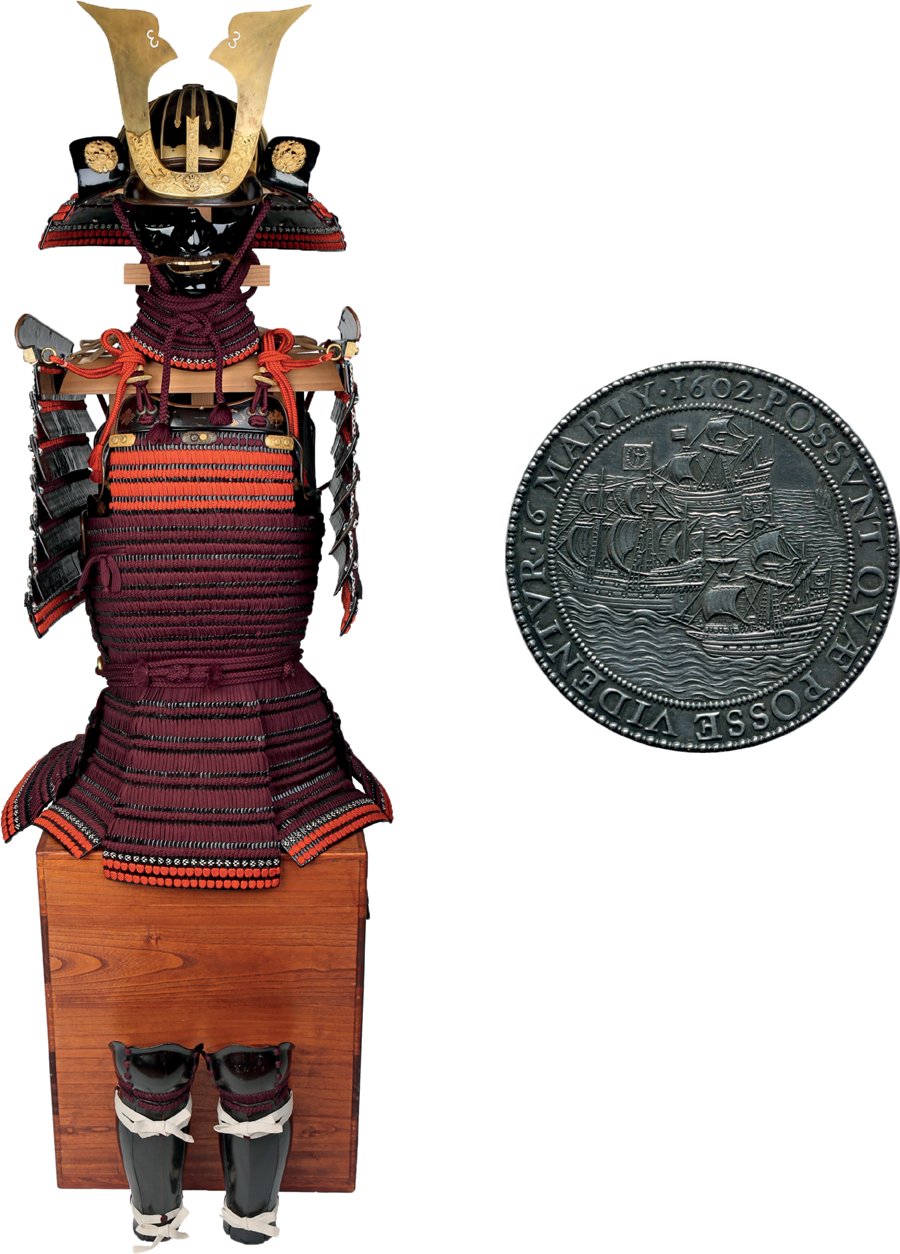
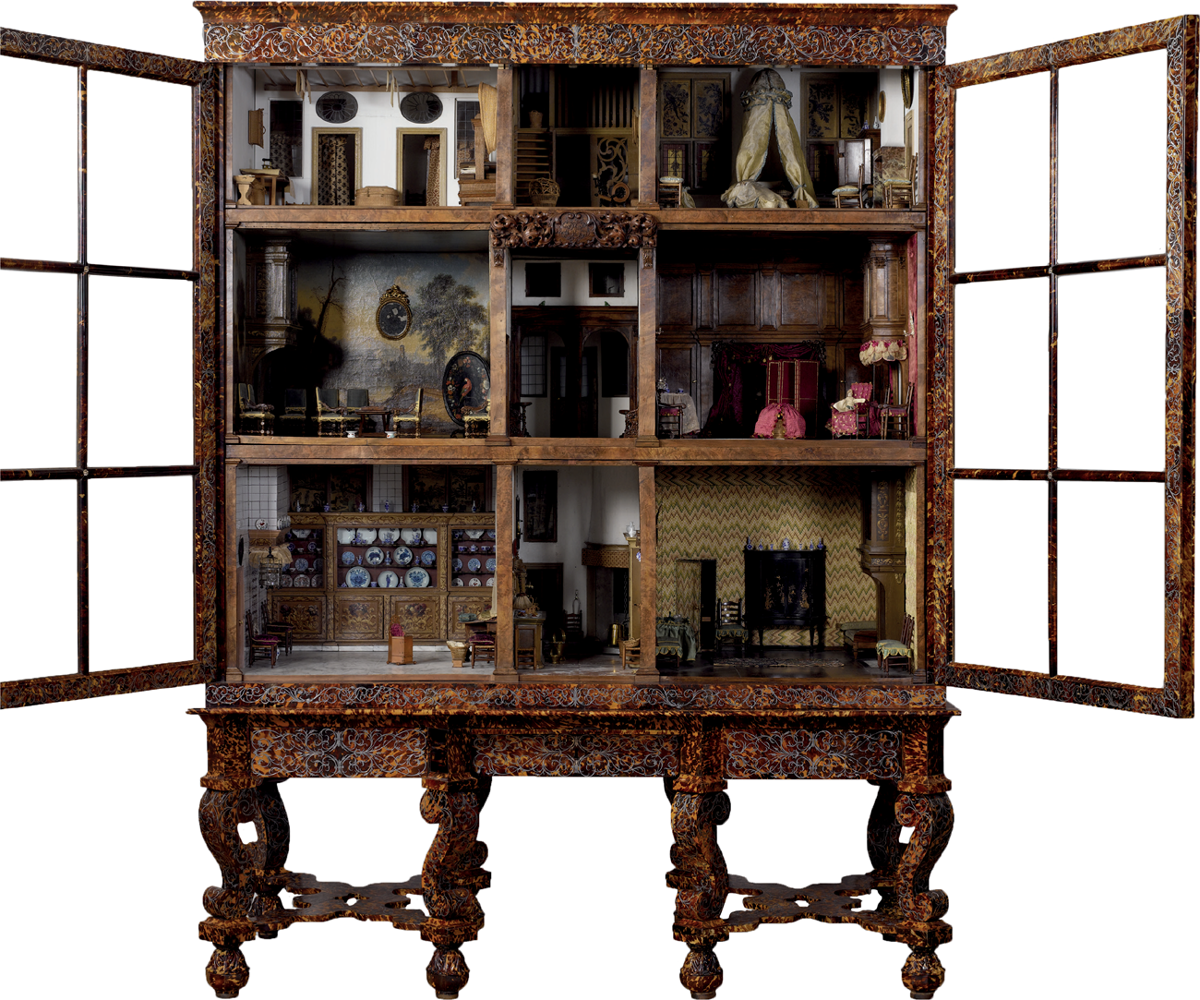
OF
THESE
LANDS
Art, Trade, and Diplomacy in the Dutch Republic
Claudia Swan
PRINCETON UNIVERSITY PRESS
PRINCETON AND OXFORD
Publication is made possible in part by a gift from Elizabeth Warnock to the Department of Art History at Northwestern University.
COPYRIGHT 2021 BY PRINCETON UNIVERSITY PRESS
Requests for permission to reproduce material from this work should be sent to
Published by Princeton University Press, 41 William Street, Princeton, New Jersey 08540
In the United Kingdom: Princeton University Press, 6 Oxford Street, Woodstock, Oxfordshire OX20 1TR
press.princeton.edu
Jacket illustrations: (front) Christoffel van den Berghe, Still Life with Flowers in a Vase (detail), 1617. Oil on copper, 37.6 29.5 cm. Philadelphia, Philadelphia Museum of Art. John G. Johnson Collection, 1917; and (back) Emanuel de Witte, Courtyard of the Exchange in Amsterdam (detail), 1653. Oil on panel, 47.5 49 cm. Museum Boijmans-van Beuningen, Rotterdam.
Illustrations in front matter:
Chapter opening illustrations:
All Rights Reserved
Library of Congress Cataloging-in-Publication Data
Names: Swan, Claudia, author.
Title: Rarities of these lands : art, trade, and diplomacy in the Dutch Republic / Claudia Swan.
Description: Princeton : Princeton University Press, 2021. | Includes bibliographical references and index.
Identifiers: LCCN 2020014156 | ISBN 9780691207964 (hardcover)
Subjects: LCSH: Art and societyNetherlandsHistory17th century. | Art objectsEconomic aspectsNetherlandsHistory17th century. | NetherlandsCommerceHistory17th century. | NetherlandsCivilization.
Classification: LCC N72.S6 S93 2021 | DDC 701/.030949209032dc23
LC record available at https://lccn.loc.gov/2020014156
ISBN (e-book) 9780691213521
Version 1.0
British Library Cataloging-in-Publication Data is available
Designed by Jeff Wincapaw
This book has been composed in Minion Pro
for Zora, Alexander, and David,
rarities beyond compare
XI
XVII
This book began in wonder. Many years ago, in the reference stacks in Special Collections at the University of Amsterdam Library, I happened on an article in an early volume of the journal Oud Holland, founded in the final decades of the nineteenth century by Dutch archivists. The article Een Vorstelijk Geschenk (A princely gift) by the chief archivist of Amsterdam Nicolaas de Roever is a lively account of the Dutch state gift presented to the Ottoman sultan Ahmed I in Constantinople in 16121613. The array of goods included in that gift, purchased and commissioned in Amsterdam and Haarlem by the Dutch, is astonishing.
But wealth was not the wonder. After all, when the Dutch East India Company (Vereenigde Oostindische Compagnie, or VOC) was established in 1602, nearly 6.5 million guilders were invested in the six chambers, or municipal headquarters: Amsterdam, Middelburg, Enkhuizen, Delft, Hoorn, and Rotterdam. Given the ample capital in circulation at the time in the northern Netherlands, it was not surprising to read that the States Generalthe governing body of the United Provinceshad invested between 20,000 and 30,000 guilders in thanking the sultan for trade privileges in Ottoman ports around the Mediterranean and at Istanbul. Many of the goods, so bounteous they filled an entire cargo ship, were fine Dutch products: textiles, tapestries, prints, and cheese. The presence of Edam cheese (more than 3,000 pounds of it) alongside the costly wares seemed peculiar, but plausible in the context of a grand gesture of self-representation on the part of the nascent state. Stuffed birds of paradise from the Spice Islands, porcelain from China, and Asian lacquerware were also transported to Constantinople in substantial quantities, in a Dutch twist on bringing coals to Newcastle. Why, I wondered, provide precious goods from the East to the Ottoman sultan? Who did the Dutch think they were? At least against the backdrop of modern conceptions of Dutchness, most of them the product of nineteenth-century nationalistic historiography, the image of the nascent republic being deeply invested in foreign wares other than porcelain struck no chordnot to mention how odd it seemed to me then that Dutch statesmen at the dawn of the seventeenth century were negotiating with the Ottoman court.
The research that had taken me to the reference stacks had little to do with trade and geopolitics in the Dutch Republic, let alone engagement with worldly goods and powers. A decade ago, I set out to write about collections in early modern Holland. From the outset, however, I found myself returning to the Dutch state gift to the sultan, which I construed as a sort of Wunderkammer, or cabinet of curiosities, a stunning accumulation of worldly wonders, set sail for political use. In the Nationaal Archief in The Hague I examined receipts for payments to shopkeepers, merchants, jewelers, and craftswomen and men, compelled to follow the line of inquiry inspired by my initial encounter with de Roevers article: What was the significance of the Dutch state representing itself in the early modern geopolitical sphere as source and master of foreign goods? What was the status of such wares, referred to as rarities? What were the stakes of trade in rarities? The Dutch were latecomers to trade in the East Indies, where they competed with the Iberian Union, their primary European enemy. How did the Dutch engage with Islamic rulers in and around the Indonesian archipelago and in the Ottoman world? How exotic was the Dutch Republic? These questionsabout artists and rarities, about piracy and statecraft, about the status of birds of paradise as an exemplary rarity, about taste and consumption of foreign luxury goods such as porcelainstructured my research and inspired me to write this book. Keen readers may already wonder about the term exotic, which is saturated with Orientalist connotations. I use it in the literal sense of foreign (from the Greek, , from the outside) as it was used in the early modern era, and explore its meaning over time and numerous instances. A principal aim of this book is to explicate the exotic and associated terms, especially rarities, in the early modern Dutch orbit.
Over the past decades, the study of early modern European art history has shifted in orientation to the global, and recent scholarship offers a bracing wealth of approaches to the cultural and political stakes of the circulation and exchange. So much engaging and expansive work on the processes of mediation, negotiation, entanglement, and intersection that structured the early modern world has offered ongoing inspiration, and the wealth of scholarly resources preserved in archives, libraries, and museums continues to feed my curiosity. Initially, my horizon was limited to collecting and the accumulation of worldly goods in the Netherlands; what emerged, however, was a view of the Dutch in the world that, in its political and conceptual frameworks, does not adhere to conventional notions of taste and consumption, where collections of pictures and goods are seen as commemorating wealth and celebrating individual achievement. In other words, the more I studied the acquisition and exchange of rarities in the Dutch orbit, the more challenging it became to assess the values associated with them in a political vacuum. The traffic of worldly goods by the Dutch along Eurasian trade routes in the formative years of the Dutch Republic became my driving interest, especially where that movement involved scholars, artists, poets, statesmen, pirates, merchants, scribes, sultans, and students of the natural world. The dynamics of acquisition and the efforts involved in exchange were often fraught and sometimes violent: in the early modern Dutch orbit as in many others, taste and consumption were by-products of access and power; they are integrally related, and politically contingent.
Font size:
Interval:
Bookmark:
Similar books «Rarities of These Lands»
Look at similar books to Rarities of These Lands. We have selected literature similar in name and meaning in the hope of providing readers with more options to find new, interesting, not yet read works.
Discussion, reviews of the book Rarities of These Lands and just readers' own opinions. Leave your comments, write what you think about the work, its meaning or the main characters. Specify what exactly you liked and what you didn't like, and why you think so.

